Building up a medtech start-up without venture capital

Switzerland is a good place for medtech start-ups. A lot of know-how covers the different fields that are typical for interdisciplinary medtech projects, collaboration with hospitals during the development of new products is relatively easy and employees show a high level of quality awareness.
On the other hand, growth capital is hard to find. Whereas seed financing has become easier over the past few years thanks to an evolving Swiss business angel scene, venture capitalists are hardly active at all in the medtech field in Switzerland.
The discussion at the second CTI invest Innovation Roundtable centred on this challenge. The event was hosted by engineering company Zühlke and attended by entrepreneurs, business angels and investors all active in the medtech industry.
The first insight of the discussion was that the era of huge venture capital investments is gone – and not only in Switzerland. The reason: the only realistic exit option for a medtech start-up is an acquisition by a large corporation. These are smaller transactions that will not generate an attractive return on investment for VCs that have invested CHF30 million or even CHF50 million.
Therefore, founders should take into account from the beginning that one day they will sell their company to a big player. The significance of this was explained by Khalid Mentak, founder and CEO of start-up Adoptics, established by the American serial entrepreneur in Biel in 2007. “Founders should talk to potential strategic partners even before they start their company,” Mentak said. In the case of Adoptics, which is in the ophthalmology field, Mentak talked to big players such as Novartis/Alcon, Abbott and Bausch & Lomb on a weekly basis.
Close contact makes it possible to recognise the needs of the big companies from the beginning. “It is important not to start with a technology or clinical need, but with a viable business model that fits into the strategy of the big players,” Mentak explained. His second piece of advice was to regard the start-up more as a project than a fully fledged company, thus allowing for a lean and efficient organisation.
Mentak is convinced that a start-up structured this way will find enough money for its growth before it is sold and that this money will come increasingly from strategic investors. For Adoptics, Mentak generated capital from Hoya Surgical Optics, a wholly owned subsidiary of HOYA Corporation (Japan). HOYA was founded in 1941 as a manufacturer of high technology precision optics.
Of course the strategy Mentak recommends requires contacts with big companies. He is convinced that these companies are looking for young innovative projects, but it is necessary to be visible and credible to obtain the necessary contact. Credibility can be reached with the help of opinion leaders from academia.
But start-ups are not alone when trying to build up a network. Christian Wenger, president of CTI Invest, is also convinced of the importance of contacts with large corporations and promised at the CTI Invest Roundtable to support start-ups in the future: “We will work on that.”
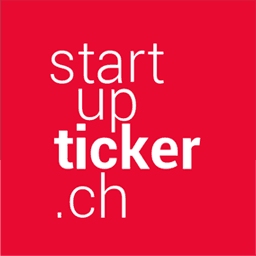

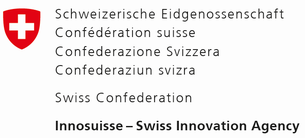


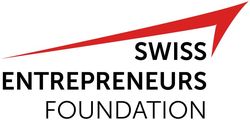


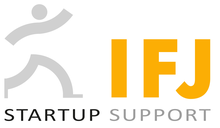




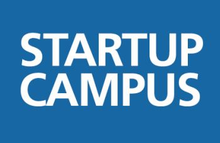





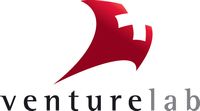
















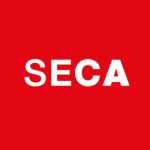












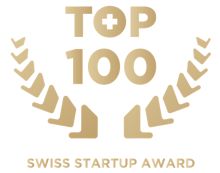





Please login or sign up to comment.
Commenting guidelines